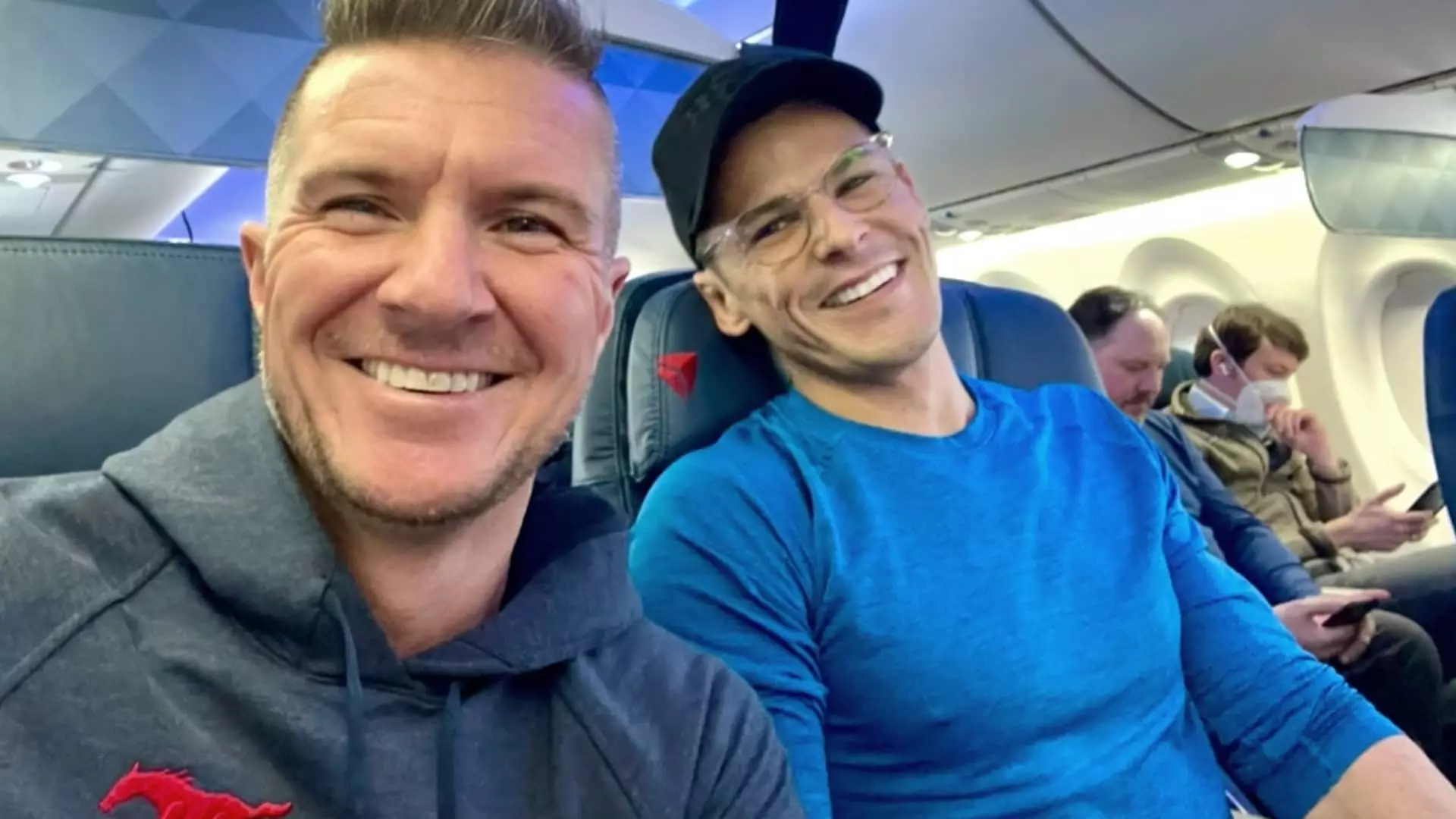Traveling by air has become an integral aspect of both personal and professional lives. The compressed space of an airplane transforms not just the horizon of the sky but the interpersonal dynamics between various passengers. It turns out that the social landscape we traverse when we step aboard an aircraft is rich with lessons that extend well beyond the tarmac — lessons that business professionals can derive from commonplace irritations and encounters. In his enlightening book, **”How to Avoid Strangers on Airplanes: Survival Guide for the Frequent Business Traveler,”** Brandon Blewett not only depicts the reality of plane etiquette but also unearths valuable insights that can inform one’s career trajectory.
The chaos of boarding can resemble a scene from a wild stampede, with some passengers displaying what Blewett terms “Gate Lice.” This behavior mirrors situations in the workplace where obstacles often hinder professional advancement. Just as these passengers disregard boarding protocols to push ahead, in a corporate setting, some individuals may block opportunities for their colleagues. Instead of succumbing to frustration, Blewett recommends adopting a mindset of agility or the “pivot.” By learning to navigate around challenges, whether they be people or situations, professionals can create new pathways towards success. His personal experience of starting from a car valet to eventually securing a role in a prominent tax firm illustrates that when faced with dead ends, there might be opportunities waiting for those willing to change directions.
Another lesson Blewett shares resonates with seasoned travelers: the inevitability of “smacks” — the unwelcomed jolts life throws our way. From uncomfortable airline encounters to missed promotions, these experiences can be tough to swallow. However, as Blewett points out, these setbacks contribute to resilience. His narrative of navigating a challenging career reflects how the hardships endured ultimately fostered his professional growth and adaptability. The realization that smacks are just stepping stones toward personal and career development can serve as a powerful motivator, driving both passengers and professionals to evolve and maintain a positive outlook amid turbulence.
In a similar vein, Blewett identifies passengers engaging in loud, self-important conference calls while airborne, exemplifying how modern communication styles have crept into every corner of our lives. He likens this to individuals who struggle to handle delays in their professional responsibilities. The fundamental takeaway here is the necessity of cultivating poise and patience in demanding situations. By employing Blewett’s suggested tools of “wit, grit, and humility,” one can deflect confrontation and navigate difficult interactions gracefully, much like when handling a noisy seatmate.
Then, there are the offenders of “Bin Shoehorning,” those travelers who stubbornly ignore space limitations in the overhead compartments, contributing to inflight chaos. This behavior is not merely a minor annoyance; it serves as an allegory for individuals in careers — pushing for roles or projects that don’t align with their capabilities. According to Blewett, recognizing when a situation no longer fits is essential. In the end, just as it’s prudent to take a suitcase down from an overhead bin when it doesn’t close, professionals must confront their misaligned ambitions and redirect their energies into pursuits that foster growth and fulfillment.
Blewett also addresses the most controversial of airplane characters — the disruptive passenger whose antics turn flights into testing grounds for patience. In the corporate world, the analogy holds firm: some individuals can drain the energy from surrounding professionals. However, fostering a supportive network can counteract these challenges. Just as the camaraderie of friendly seatmates can lighten the cabin atmosphere, building mutually beneficial relationships in a workplace enhances collaboration and eases pressure when complicated situations arise.
Lastly, there exists the “Eager Exiter,” who springs from their seat at the first indication that it’s permissible, often missing simple etiquette for the sake of rushing. This behavior reflects the broader theme of impatience that pervades both travel and professional milestones. Blewett recounts the irony of someone who hurriedly attempted to cut corners during security but ultimately faced the same delays as fellow passengers. This serves as a reminder that, just like in life, the journey is not merely a race to the end but a rich tapestry of experiences that should be appreciated in their entirety.
Traveling presents a microcosm of our larger societal interactions, rife with opportunities for growth and reflection. Brandon Blewett’s observations in his book blend humor and wisdom, encouraging us to confront our challenges with openness and grace. By viewing air travel not only as a means of transportation but as a platform for personal and professional development, we can transform the uncomfortable moments of our journeys into catalysts for success. As we buckle our seatbelts and ascend toward the skies, let’s remember that each flight — much like our careers — is a journey where lessons can be learned, if only we remain aware and attentive to the subtleties around us.

